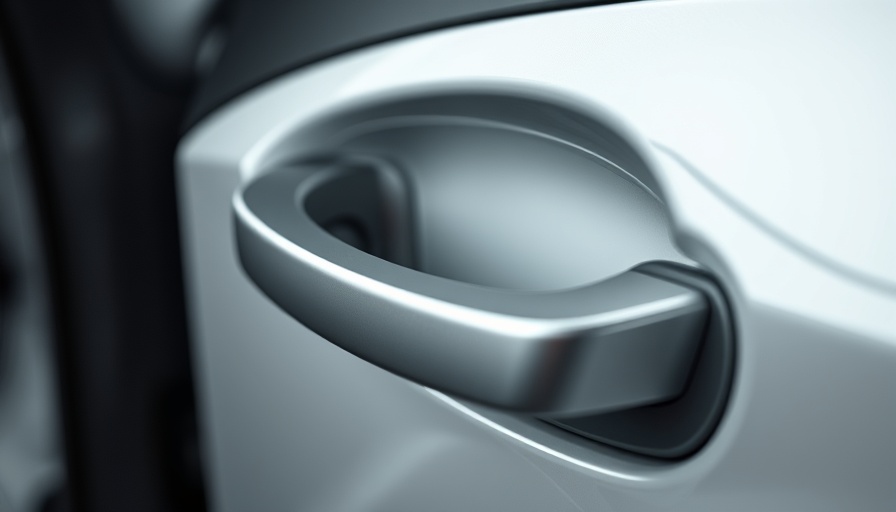
Rivian's Safety-First Approach: Why the Door Handle Redesign Matters
Rivian is making headlines as it announces a redesign of the door handles for its highly anticipated R2 SUV, a move driven by increasing safety concerns from both employees and customers. As the electric vehicle (EV) manufacturer readies for the R2's launch next year, they are adjusting an element that’s crucial for both functionality and passenger safety: the door handle design.
Shifting from Style to Safety: The Case for Manual Releases
For years, car manufacturers have embraced the sleek aesthetics of electronically-latched door handles, shifting away from traditional designs in favor of a modern, aerodynamic look. However, this shift has led to serious safety issues. Faced with difficulties in accessing manual door releases in a power failure scenario, Rivian's decision to modify its design reflects a broader industry trend prioritizing safety over mere aesthetics.
Originally, the new R2 model featured an electronically-latched design, pushing manual releases into less accessible spots. Now, Rivian plans to place these manual releases closer to the electric handles, making them clearly visible and easier to use in emergencies, especially for children or individuals in distress.
Industry Context: A Growing Concern
This redesign comes in light of troubling incidents involving other automakers. Tesla, for instance, has faced scrutiny from the National Highway Traffic Safety Administration (NHTSA) due to claims that their power-operated handles could fail during emergencies, hindering passengers’ ability to escape. Following a similar outcry, Ford halted sales of its Mustang Mach-E to address related safety issues. Rivian is clearly learning from these challenges, recognizing the importance of integrating usability into design.
Looking Ahead: What This Means for Rivian and the EV Market
As the automotive landscape evolves with a focus on safety and functionality, Rivian’s decision to redesign its door handles might set a precedent for other manufacturers in the EV space. As consumers become increasingly safety-conscious, automakers must adapt to these expectations, balancing innovative design with practical safety features. This redesign not only aims to reduce risks for passengers but also positions Rivian as a leader in addressing consumer safety concerns proactively.
Conclusion: The Importance of Prioritizing Safety
In an age where cutting-edge technology should enhance safety, Rivian is setting a standard. By addressing the manual door release issue and adjusting their designs accordingly, they reflect a commitment to not just vehicle aesthetics but crucial passenger safety. For customers waiting for the R2, this redesign could make all the difference. As vehicle safety becomes a growing topic of discussion, Rivian’s move serves as a reminder of the vital intersection between design and functionality. Keep your eyes on Rivian as they continue to navigate the evolving challenges of the EV industry.
 Add Row
Add Row  Add
Add 




Write A Comment